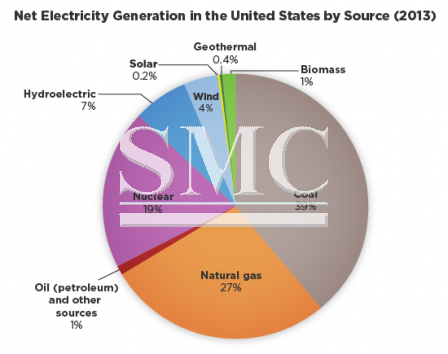
- Información general de la corporación Corazón de la corporación Visión & Filosofía Asociación Certificación Cultura de la empresa
- Nuestros servicios Diseño e Ingeniería Mantenimiento y Servicio Examinar la Línea de Producción Actualización y Transformación Almacenamiento y Logística Procesamiento y Comercio
- Administración Nuestra historia Responsabilidad global
- Centro de adquisiciones Pasantía
- Metal Productos de Aluminio Productos de Cobre Productos Revestidos de Metal Productos de Acero Inoxidable Productos de Acero Aleación Especial
- Construcción Rejilla de Acero Estante de Almacenamiento Estructura de Acero Puente de Acero Sistema de Andamios Material de Construcción Materiales químicos One Stop Solutions for Projects
- Contenedores Contenedor Estándar ISO Contenedor del Equipo Contenedor del Almacenamiento Casa de Contenedor Contenedor Frigorifico / Contenedor Aislado Contenedor Offshore
- Maquinaria Máquina de Formación Metálica Otras Máquinas Máquina de Corte de Metal Máquina de Procesamiento de Metal Máquina Dobladora Máquina de Bloqueo
- Productos Mecánicos Industria del Vehículo Miscelánea Equipo de Amarre Equipo Marino Recipiente de Presión
- Sistema Eléctrico Cable Eléctrico Automatización Distribución de Energía Sistema de Energía Solar Sistema de Protección Eléctrica Transformador Línea de Producción Sistema de iluminación
- Accesorios Médicos Productos de Alimentación Productos de Vía Respiratoria Productos de Enfermería Productos de Inyección
- Maquinaria de construcción
- Proyecto EPC
- Oleoducto
- Tubería de agua
- Gasoductos
- Accesorios para Barcos y Amarres
- Metal para decoración
- Componentes de transformadores
- Tubo del Intercambiador de Calor
- Repuestos y Accesorios de Aire Acondicionado
- Caldera
- Electrodomésticos para Cocina y Baño
- Metal para Electrodomésticos
- Aparato de Energía Solar
- Ascensor
- Techos y Cubiertas
- Cable
- Tanques
- Embalaje
- Partes y Accesorios de Maquinaria y Equipos
- Molde
- Partes de Automóvil
- Carriles y Rieles de Grúa
- Accesiorios de Hardware
- Abrasivo
- Equipo de Construcción de Carreteras
- Componentes Electrónicos
- Materiales de construcción y decoración
- Puertas y Ventanas
- Refrigeradores
- Comunicado de prensa Noticias de la Industria Metálica Noticias de Maquinaria y Equipo Noticias de Construcción y Obra Noticias de Productos Mecánicos Noticias de Contenedores Noticias de Sistema Eléctrico Noticias de Accesorios Médicos
- Mediateca Videos Imágenes Seguir las redes sociales de Shanghai Metal
The electricity system
About the U.S. Electricity System
Today’s U.S. electricity system is a complex network of power plants, transmission and distribution wires, and end-users of electricity. Today, most Americans receive their electricity from centralized power plants that use a wide variety of energy resources to produce electricity, such as coal, natural gas, nuclear energy, or renewable resources such as water, wind, or solar energy. This complex system of generation, delivery, and end-users is often referred to as the electric power grid.
Use the diagram below to learn more about the electric power grid. Click each component to get an overview with links to more detailed information.

How and where electricity is generated
Electricity in the United States is generated using a variety of resources. The three most common are coal, natural gas, and nuclear power. Some of the fastest growing sources are renewable resources such as wind and solar. Most U.S. electricity is generated at centralized power plants. A much smaller but growing amount of electricity is produced through distributed generation—a variety of technologies that generate electricity at or near where it will be used, such as onsite solar panels and combined heat and power. Learn more about centralized and distributed generation.
Electricity delivery and use
Once electricity is generated at a centralized power plant, it travels through a series of interconnected, high-voltage transmission lines. Substations “step down” high-voltage power to a lower voltage, sending the lower voltage electricity to customers through a network of distribution lines.
Residential, commercial, and industrial customers each account for roughly one-third of the nation’s electricity use. The transportation sector accounts for a small fraction of electricity use.